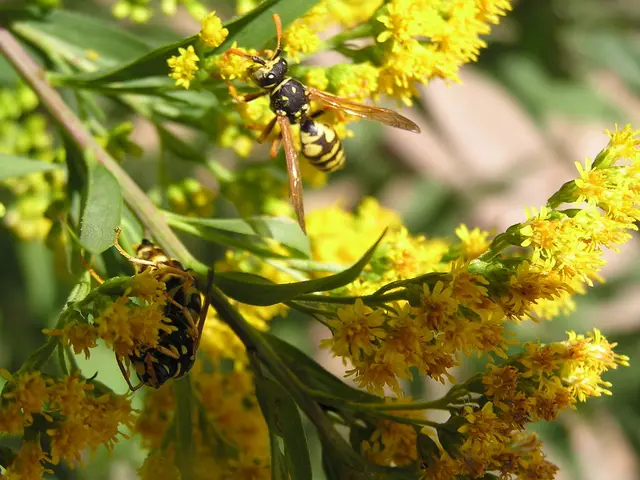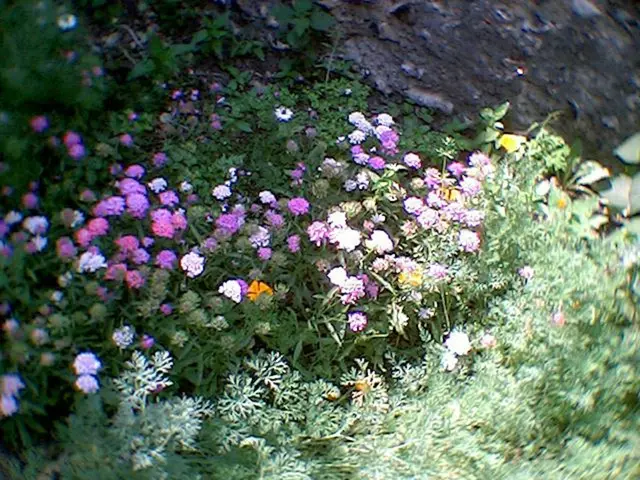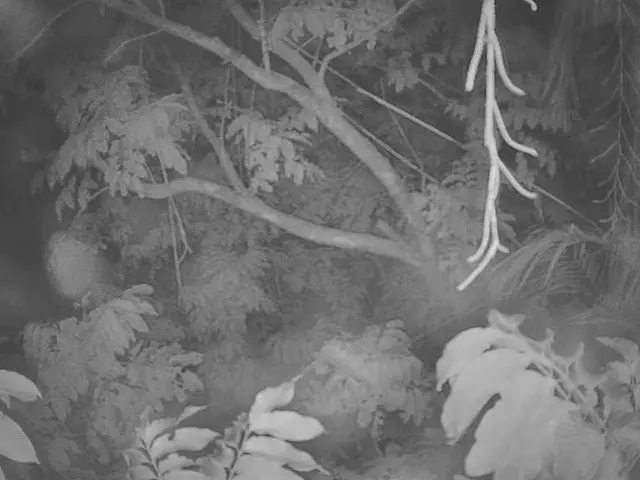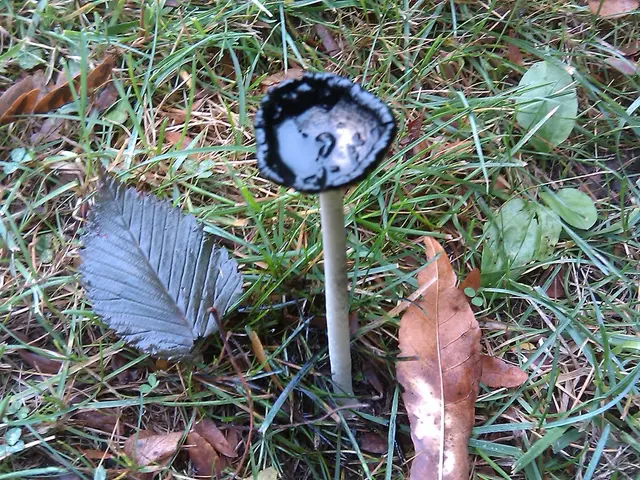Is it still feasible to sow grass seeds in June? Let's hear the professional insights.
Relaxing in the Summer:
Embrace the summertime with the peace of mind that all your spring lawn work has resulted in a healthy garden. Yes, your lawn still requires mowing, weeding, and watering, but it might not be picture-perfect.
Despite your best efforts to create the perfect lawn with essential tips and tricks, your garden may still need some TLC, especially if there's been more foot traffic or kids playing.
That's right, your lawn might be looking a little patchy, leaving you wondering if you can plant grass seed in June. I sought advice from lawn experts on just that.
Can I Plant Grass Seed in June?
The good news is that, yes, you can still plant grass seed in June, whether your lawn is looking patchy due to extra use in the summer or as part of a garden redesign. However, it's essential to exercise caution in choosing the right grass seed according to your climate conditions.
Harry Lloyd, a gardening expert and marketing head at HIPPO states, "Sowing grass seed in June is like sunbathing during a British heatwave - you need to be clever about it."
Perennial ryegrass is a wise choice if you can't avoid planting grass in June, as it's heat-tolerant and generally survivable in tough conditions. On the other hand, Saltuck Doganci, the founder of Brick My Walls, suggests only overseeding thin patches with quick-growing annual rye grass in the Northern half of the U.S.
Things are different in the Southern states, where June provides prime time for warm-season grass planting, especially for bermudagrass and zoysiagrass.
Caring for Your New Lawn
If you opt to plant grass seed in June, be prepared to treat it like a delicate seedling. Give the newly sown area a light watering daily, followed by a light starter fertilizer once the blades reach shoe-top height.
According to lawn care company Scotts and Saltuck Doganci, it's essential to keep the top inch of soil consistently moist for the first two to three weeks, and then allow it to dry out slightly between waterings.
Once the seedlings grow, continue to water every two to three days, more frequently if the soil dries out. And when it's time to mow, keep the mower blades razor-sharp to avoid tearing the delicate crowns during their first haircut.
The Ideal Time to Plant Grass Seed
The optimal time to plant grass seeds depends on your location and whether you live in a cool-season or warm-season region. In the North, cool-season grasses like Kentucky bluegrass, perennial ryegrass, and tall fescue thrive best when planted in the spring or fall.
Conversely, in the South, you can plant warm-season grasses such as bermudagrass, zoysiagrass, centipedegrass, and bahiagrass throughout the growing season, with June being a prime opportunity when temperatures are suitable for these grasses.
Boost Your Lawn Game:
Revitalize your lawn with Scotts Turf Builder Perennial Ryegrass - currently on sale at Amazon. This high-performing grass seed blend is suitable for both full sun and light shade, with moderate drought resistance and durability. Covering 700 square feet, it's the perfect solution to create a lush green lawn.
Shop Now!
Expert Guide to a Perfect Lawn:
Discover the secrets to growing a beautiful and healthy lawn, including utilizing everyday bathroom items. Plus, learn the perfect time to give your lawn that all-important first cut. And who would have thought kitchen waste could transform your garden?
- The Ultimate Secret to a Lush, Green Lawn
- Is It Time to Mow Your Lawn? The Experts Reveal All
- Transform Your Lawn with This Crazy Kitchen Trick
To enhance your home-and-garden lifestyle, consider revitalizing your lawn with Scotts Turf Builder Perennial Ryegrass, a high-performing grass seed blend suitable for both full sun and light shade. This product offers moderate drought resistance and durability, making it perfect for creating a lush green lawn (Shop Now!).
Whether you're dealing with patchy grass or planning a garden redesign, you can still plant grass seed in June by choosing heat-tolerant perennial ryegrass or quick-growing annual rye grass, especially in the Northern half of the U.S. (The Ideal Time to Plant Grass Seed). Proper care is crucial, including treating the newly sown area like a delicate seedling, giving it light watering daily and a light starter fertilizer once the blades reach shoe-top height (Caring for Your New Lawn).








